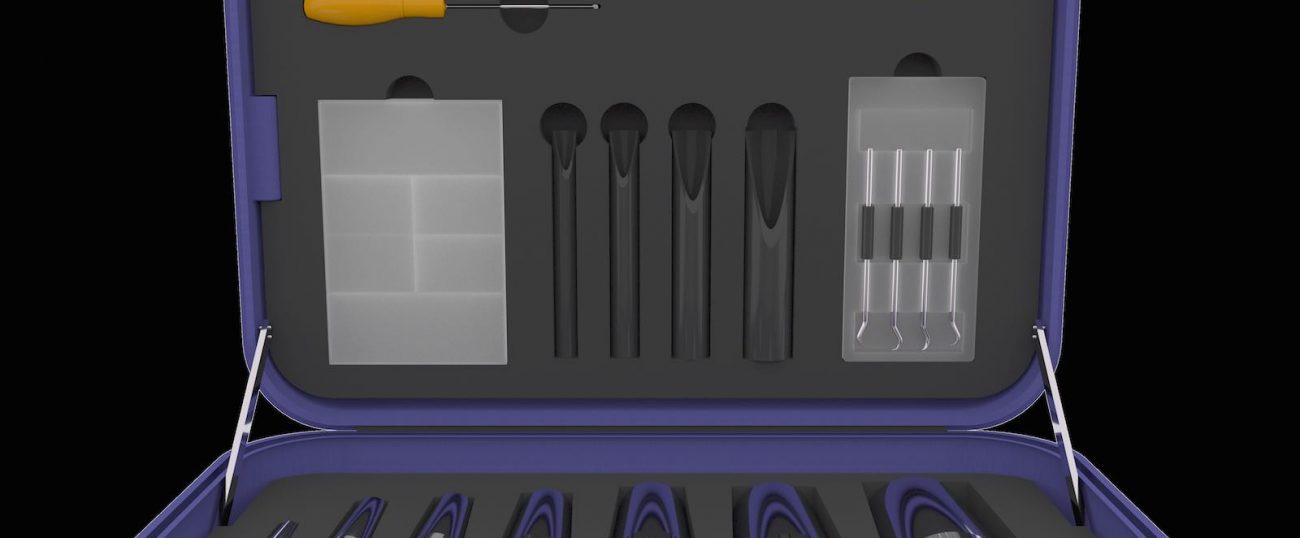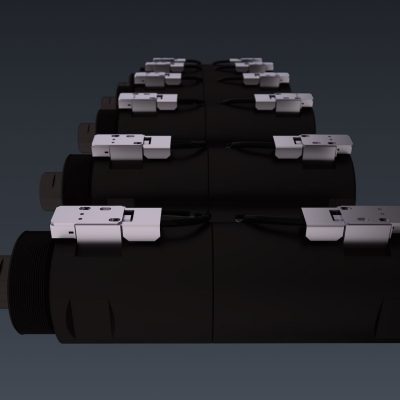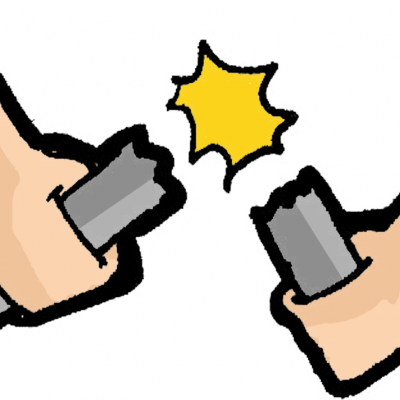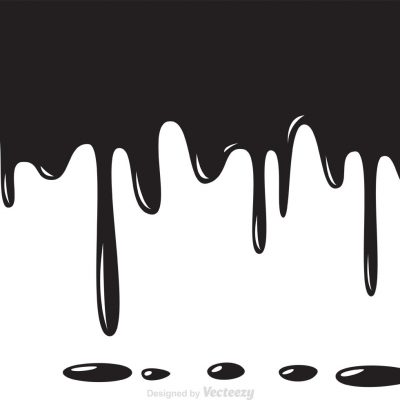Why is Maintenance Important?
All of us, sooner or later, have faced the consequence of poor maintenance. Maybe the most evident comparison of the effect of accurate and regular maintenance, poor maintenance or no maintenance at all is a car. When we buy a new car, we invest a lot of our hard-earned money in it. But what happens when time passes? Down the years, we could either forget to change oil, tires and check the engine, and therefore find ourselves driving a wreck, or take care of it by doing the appropriate ordinary and extraordinary maintenance, so to preserve it as if it were brand-new.
Molds for plastic injection are no exception to this rule of mechanics. Of the total cost of a typical mold during its lifespan, about 20% is due to its creation and initial setup, the other 80% is due to factors linked directly to poor maintenance:
- Downtime;
- Tuning and start of production;
- Low machine efficiency;
- Production lots rejected due to poor quality. Being cylinders an important part of the mold, not taking care of them leads to:
- Downtime due to repair or switching with new cylinders;
- Re-tuning of the cylinders if they have cushioning, mechanical lock or end-stroke switches;
- Sluggishness of the press machine if cylinders lose pressure due to a leak, reducing also their speed;
- Flash on the molded pieces and overall low quality, due to cylinders performance decreasing, consequence yet again of leaks. Which are then the most common problems found on cylinders after years of use (or barely months, in case of cheap products), and how can we prevent them?
Cylinder Falling Apart
An old Italian saying goes: “He who pays less, pays more”. This is also true when choosing a cylinder; if the producing company goes cheap by choosing poor materials, the outcome can be dreadful. Therefore, the solution to this first problem is choosing a high quality cylinder, and Vega makes quality one of its focal points.
For example, a chrome-plated rod will help preserve rod seals, and will hardly bend under stress, should such a situation temporarily happen. Bodies with steel (or aluminum) of the right type will hardly crack when used under safe fluid pressure, and if your cylinders present any such problems constantly, maybe it’s time to change supplier.
Wear and Tear
All physical objects present wear and tear, therefore a certain degree of it is to be expected and taken for granted, especially on busy production cycles.
Cylinders are designed so that “physiological” wear only affects rod and piston seals, but procrastinating their substitution will damage the more costly parts of the cylinder (think piston or rod). How can we identify such wear before it becomes a problem for the whole production process? There are usually two clues:
- Modest leakage from the rod;
- Slightly reduced performance when pushing, or under static pressure.
The first is a sign that the seals placed around the opening of the rod are failing. Keeping the environment as clean as possible, and wiping the used fluid away from the rod when investigating this problem, will help find such leakage.
The second is usually the consequence of fluid going from one chamber of the cylinder to the other, due to piston seals failing. Such small leakage will reduce the strength the cylinder can generate when pushing or pulling.
The solution for both problems is:
Take down the cylinder, change the affected seals with new ones, and put it back on the mold.
Vega, specifically, provides a kit with special tools to help change seals on its products, and of course instructions on how to do so. Their support team will even change them for you on request, in case you’re not too sure about how to do it.
One word about water and glycol: this fluid is much more aggressive than mineral oil, since glycol melts the material used in seals and magnets, and also corrodes steal and aluminum, unless using specific seals. This happens with temperatures from 60° C to 80° C. Under such circumstances, a much shorter cylinder life should be expected, or specific seals should be requested from the manufacturer.
Misaligned Rod Axis
In a typical cylinder, the rod is designed to withstand very high push and pull forces, but not side forces. Therefore, when a misalignment of the rod axis compared to the
component movement is introduced, the rod will be subject to a bending moment. This may be due to mistakes in designing the mold, in mounting or during setup.
What are the effects of such misalignment?
- Uneven seal wearing. The rod will slightly tilt inside the body or tube, rubbing more on one side than the other; therefore, both rod seals and piston seals will wear much more quickly where the rod and piston make harder contact. This will shorten the number of cycles between seal substitutions.
- Rod or piston scratching. Seals placement is designed for a correct application; tilting the rod and the piston in relation to the body or tube will cause a metal-on- metal contact, damaging the convex part first (Hertzian contact stress). On more serious cases, it will also scratch the body or the tube, or even snap the rod in half.
How can misalignment be prevented? There is one catch-all solution: floating joints. With the addition of a floating joint between the rod end and the mold component, any hard binding will be loosened.
Dirty Fluid
Another common problem in hydraulic circuits which can wreak havoc inside a cylinder is swarf. Any environment involving machines can present metal chipping, and the smallest of them can sneak in any point of the hydraulic circuit, and keep circling inside of it.
If swarf reaches the cylinder chamber, a number of things could happen:
- Damaged seals. This means they will need to be replaced sooner than planned, since metal chipping will stick to them.
- Scratches on the rod and/or piston. Metal-on-metal will always cause scratches, which in turn could cause oil leakage from the rod, past the seals.
- Scratches on the body. This will decrease the overall performance of the cylinder, since oil can slide past the piston seals. It could also generate cracks inside the body, causing even more severe leakage.
The solution to this can be very straightforward: filters in the oil/fluid circuit. Always check their state, so to avoid infiltration of such damaging particles.
There is one other little-known detail, though.
If the volume of the cylinder chamber is smaller than the volume of the feeding tube up to the valve, that specific oil volume will hardly be renovated; it will be the same oil going back and forward in that section of the circuit. This means that, once debris reach that part of the circuit, the only solution to clean it up is detach the tube from the cylinder, let it drain, and plug it back in.
For the same reason, when taking out the mold, a good practice would be to keep fresh oil in the cylinder and tubes, and close them with caps.
Cylinder Misuse
Like all machines, cylinders have their limitation. Every manufacturer gives a maximum pressure, speed or temperature value; if not respected, going over these values can bring undesirable, even though not unexpected, results. Let’s examine them one by one to see if our cylinders keep failing because of an evaluation mistake.
- Over-pressure. Cylinders are designed to tolerate pressure up to a maximum value, according to the material they’re made of, their body or tube thickness, and so on. Going over the declared pressure will cause crack in the body, or will deform the tube. This could also happen with the use of check valves which, in junction with plastic injection pressure coming from the mold, will increase oil/fluid pressure inside the cylinder well over its recommended value.
- Over-speed. High speeds will make the piston hit the front or the back of the cylinder with such energy that one of the two will fail. This may cause the rod breaking right at the joint of the piston, or deformation of the tube, due to the high pressure caused by over-speed. Also, high speeds could generate cavitation phenomena, which tend to damage the rod along its whole circumference. Speed can be controlled with flow regulators; in addition, implementing a cushioning system will help decelerate the piston more effectively at the end-of- stroke, allowing for higher overall speeds.
- Over-temperature. Metals can withstand only so much heat before their properties are compromised. For Ergal, such temperature is around 120°C. Things get worse if sensors are mounted on the cylinder; due to their electronics, even lower temperatures could have an effect on their functioning. The use of thermal insulating plates might be considered if the temperature inside the mold is higher than what is recommended.
Human Error
The last problem might look like the most trivial, but, as much as the others, can cause downtime and higher running costs. Based on the feedback from our support team, there are three widespread problems regarding human error from operators around the press machine:
- Dented rod. This is clearly a consequence of some hard object hitting the rod; special care should be taken to avoid objects falling on the rod, especially when fully out.
- Bent rod. Opening or closing the mold when the cylinder is not in its required position will sollecitate the rod in all the wrong ways, causing it to bend. This can be avoided with the implementation of end-stroke sensors.
- Bathing the cylinders. In some applications, such as die-casting, there’s the habit of literally giving the whole mold a water shower. Cylinders are not made of stainless steel, therefore water will speed up the rusting process.
We hope that this quick overview of the most common problems regarding hydraulic cylinders will help your maintenance team take the best possible care of this important component of the mold, so to avoid costly downtimes, or at least reduce them to minutes, instead of hours or days.
If you have any questions, please contact us at: support@vegacyl.com .




